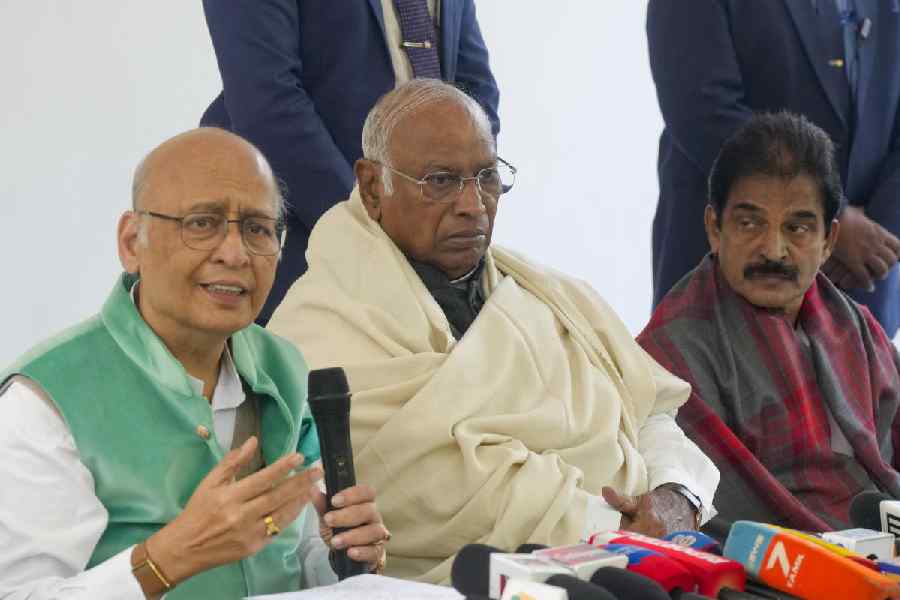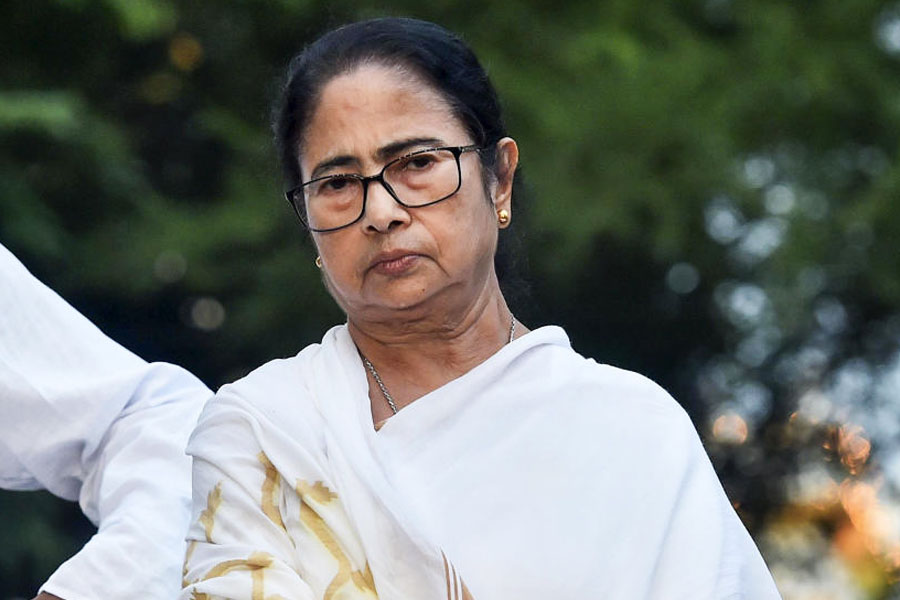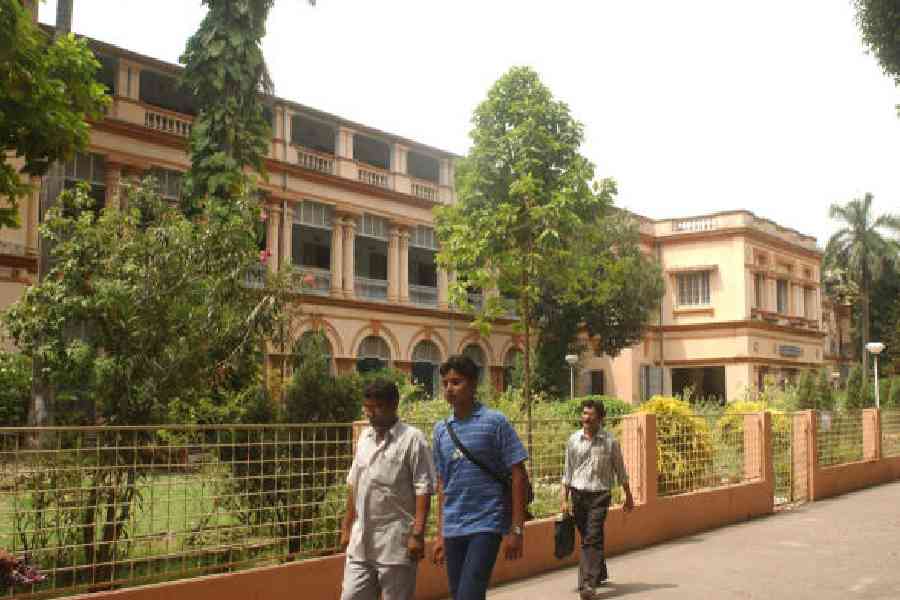 |
| Ban wagon: Khushwant Singh had advised Penguin against publishing The Satanic Verses |
Khushwant Singh and Rushdie crisis
Salman Rushdie went into hiding for a whole decade after Khomeini’s fatwa but what if The Satanic Verses had never been published?
“One man who had read an advance copy, the journalist Khushwant Singh, called for a ban in the Illustrated Weekly of India as a measure to prevent trouble,” says Rushdie in his recently published memoirs. “He thus became the first member of the small group of world writers who joined the censorship lobby.”
“Khushwant Singh further claimed that he had been asked for his advice by Penguin and had warned the author and the publishers of the consequences of publication,” adds Rushdie, writing about himself in the third person. “The author was unaware of any such warning. If it was ever given, it was never received.”
Penguin India never did publish The Satanic Verses. Further, Rajiv Gandhi banned the book from being imported after The Satanic Verses was published in the UK on September 26, 1988.
Last week I consulted Rahul Singh, Khushwant Singh’s son who was editor of The Sunday Observer in Bombay in 1988.
“Rushdie has got it wrong,” Rahul told me. “Dad was asked by the Penguin people — as he was an adviser for them, and still is — about the book and he advised against it. They followed his advice. He had nothing to do with The Illustrated Weekly. I even think the Weekly had closed down by then.”
“And yes, I received extracts when I was in charge of The Sunday Observer and that evening I had to decide whether to use it or not and I showed it to a Muslim who helped us in production and he said that it would greatly offend Muslims.”
Rahul further recalls: “Javed (Anand), who is the husband of Teesta Setalvad, the activist, was my number two and I asked him his opinion and he told (me) to ask the production man. So, I took the decision just before the paper went to bed not to carry the extracts.”
How Peter Meyer, chief executive of Viking Penguin, received Khushwant’s advice is unclear but in the UK there was never a realistic prospect that the publication would be withheld.
Incidentally, “Sir Salman Rushdie” is the only Indian to be included among GQ magazine’s Men of the Year for 2012.
 |
| 60 spheres: The Queen and Caroline’s sculpture |
Castle craft
Ashok Basra and his 16-year-old daughter Caroline have both done something extraordinary.
Caroline, a pupil at Windsor Girls’ School, won a competition to design a sculpture to commemorate the Queen’s diamond jubilee which Her Majesty unveiled last week in the main shopping centre in the shadow of Windsor Castle.
Incidentally, Windsor Castle is the historic venue where the Queen put up Pratibha Patil, India’s greatest President since Abdul Kalam, during her state visit to the UK in October 2009.
Caroline’s design, which she apparently dashed off in 10 minutes last year when her art teacher at school told the girls to do something for the competition, consists of 59 polished steel spheres arranged around a helix. However, right on top is a multi-faceted crystal glass ball, with a light inside, that is meant to represent a diamond.
In other words, there is a sphere for each of the 60 years that the Queen has been on the throne.
When Caroline was told that out of some 100 entries, her design had won, she was “surprised, really, really pleased and shocked”.
Caroline’s use of polished surfaces may remind people of the work of Anish Kapoor.
“I had not heard of him,” admitted Caroline, whose design was declared the winner by a four-member panel set up by Andrew Melville, of the Windsor and Eton Society.
One of the panel members was Lady Roberts, the royal librarian at Windsor, who ensured the Queen approved of Caroline’s concept.
“Caroline’s design stood out.” confided Melville.
Caroline said she was “very excited” to meet the Queen who asked if she was intent on becoming an artist.
“I am taking art for GCSE but I am leaving my options open,” she replied.
Ashok Basra’s great achievement is that in the 47 years since he arrived in England as a seven-year-old boy with his parents, “I haven’t been to India even once”.
Ashok, an accountant, explained: “I am married to a Yorkshire lass.”
 |
| Sound bites: Sukhbinder Kumar |
Noisy notes
A scientist to watch is Sukhbinder Kumar, 44, of Newcastle University, who has just published a paper in the Journal of Neuroscience explaining why people hate certain sounds.
After doing MRI scans on the brains of 13 volunteers, he found the most unpleasant noises to be: knife on a bottle, fork on a glass, chalk on a blackboard, ruler on a bottle and nails on a blackboard.
It’s all to do with “the interaction between the region of the brain that processes sound, the auditory cortex, and the amygdala which is active in the processing of negative emotions when we hear unpleasant sounds”.
Sukhbinder says his experiments may help in understanding tinnitus though “a cure is far off”.
“In 2000, I came to the UK to do my PhD at Newcastle University,” Sukhbinder tells me. “After finishing my PhD in 2004, I have been working as a research fellow. My parents now live in Patiala which I visit regularly.”
 |
| Birthday boy: Samantha and David Cameron |
Birthday Balti
India’s netas breeze into London and expect to be wined and dined free at upmarket restaurants such as the Bombay Brasserie. In marked contrast, David Cameron insisted on paying when he and his wife Samantha dropped into the Diwan Balti in the Moseley, Birmingham, last week during the Tory party conference.
The lovey dovey couple were celebrating the Prime Minister’s 46th birthday.
Cameron, who did not want red carpet treatment, ordered a chicken bhuna balti, his wife a lamb rogan josh with side dish of saag paneer, two popadoms, naan and pilau rice. All for £25.
“We didn’t do anything special for them, that’s what they wanted,” said Boshir Miah, the restaurant owner. “She really loved the saag paneer. He was very friendly, a charming man.”
Miah, who came to Britain from Sylhet in 1967, told me cheerfully: “The Pakistani restaurants round here are very upset with me. They feel he should have picked one of them.”
Point & shoot
David Bailey, one of the iconic photographers who captured the “swinging Sixties” in London, is publishing a series of books with images of India.
Examples from Delhi Dilemma (Steidl; £80) are given in the latest edition of Condé Nast Traveller.
The photographs reflect his fascination with sadhus.
Still, each to his own.
“There are all sorts of reasons why I like India,” he tells the magazine. “I am more comfortable there than in any other country besides London.”
Tittle tattle
A strange story reaches me about Idi Amin from the National Archives in Kew which last week released fresh papers on the Uganda crisis of 1972.
After Amin had announced on August 4, 1972, that he was setting a 90-day deadline for the expulsion of Uganda’s entire Asian population, he threw Buckingham Palace into a quandary by sending the Queen a Christmas card.
After much prevarication, the Queen sent one back but made sure it arrived in January 1973.










